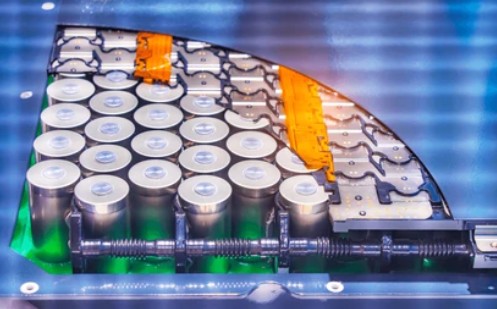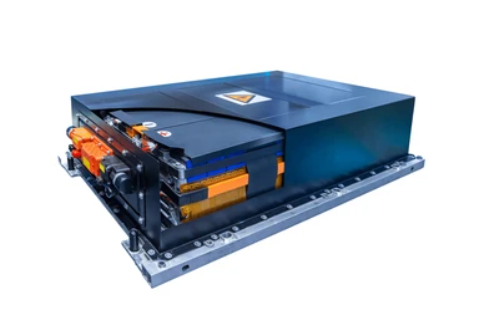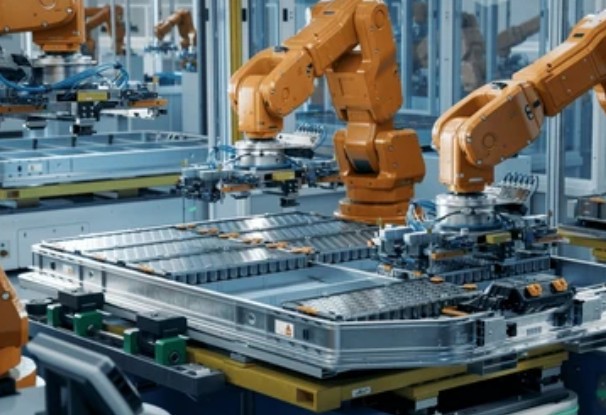The selection method of precision injection molding materials for battery components
In terms of safety assurance, materials must pass the UL94 V0 flame - retardant certification. For example, bromine - containing flame - retardant PBT should balance flame retardancy and environmental protection. They must have a volume resistivity of ≥10¹⁴Ω・cm at - 40℃ ~ 125℃ to ensure stable insulation and prevent aging - induced short circuits. Additionally, they should resist long - term immersion in electrolyte, with a weight gain rate of ≤5% to maintain structural integrity.
In performance matching, mechanical properties need to be suitable. The shell should have a tensile strength of ≥80MPa and an impact strength of ≥20kJ/m², while buffer parts should have a Shore hardness of 60 - 80A. Heat resistance must be qualified, with a continuous service temperature 15℃ higher than the battery's operating temperature and a heat distortion temperature (1.82MPa) of ≥120℃. Dimensional stability should be good, with a linear expansion coefficient of ≤50×10⁻⁶/℃ and a temperature cycle dimensional change rate of ≤0.3%.
In terms of sustainability, thermoplastic materials such as PP and PE are preferred to meet the 85% recovery rate requirement of the EU ELV directive. VOC emissions during molding must comply with the GB/T 27630 standard. Materials with more than 20% bio - based content are preferred.

For basic performance evaluation, mechanical properties are tested by a tensile testing machine to measure yield strength and elongation, and a Charpy impact tester to measure notched impact, with the average of 5 tests taken. Thermal properties are tested by DSC to measure Tg and Tm, and TGA to evaluate the thermal weight loss rate at 200℃, which should be ≤2%. Electrical properties are measured by a high resistance meter for volume resistivity, and a dielectric loss meter for dielectric constant and loss angle.
For environmental adaptability evaluation, temperature cycling is conducted 1000 times in the range of - 40℃ ~ 85℃, with a mechanical property retention rate of ≥80% and a dimensional change rate of ≤0.2%. For damp - heat aging, materials are placed at 85℃ and 85% relative humidity for 500 hours, with no cracking or discoloration, and the electrical property attenuation should be ≤10%. In chemical compatibility testing, when materials are immersed in electrolyte for 200 hours, the mass and volume change rates should be within ±3%.

Battery shells require high strength, impact resistance, flame retardancy, and dimensional stability. 20% - 30% glass fiber reinforced PBT and flame - retardant PA66 (with a tensile strength of ≥100MPa) are recommended. High - flow materials are suitable for thin - walled parts, and anti - warping performance is emphasized for thick - walled parts.
Electrode separators need high insulation, chemical resistance, and high - temperature resistance. PPS and LCP (with a volume resistivity of ≥10¹⁶Ω・cm and resistance to temperatures above 150℃) are recommended. They should resist electrolyte immersion, and the shrinkage fluctuation of high - precision parts should be ≤0.1%.
Buffer seals require good elasticity, aging resistance, and compatibility with metals. EPDM and silicone (with a Shore hardness of 40 - 70 and a compression set of ≤20% at 150℃ for 70h) are recommended. High - hardness materials are suitable for high - pressure scenarios, and they must be compatible with cooling media.

In terms of high - performance composite materials, carbon fiber reinforced materials (with a content of 5% - 15%) can increase the strength of PA/PP by 30% - 50% and reduce the density by 10% - 15%. Nanomodified materials with montmorillonite and carbon nanotubes can improve thermal conductivity by more than 50%, helping with battery heat dissipation.
Among environmentally friendly materials, bio - based PA56, made from more than 50% plant raw materials, has performance close to that of traditional PA66. PBAT/PLA blends are degradable and suitable for auxiliary parts such as packaging.
In the exploration of intelligent materials, shape memory polymers can self - repair, improving system reliability. Functional composite materials can conduct heat directionally or locally, optimizing heat dissipation and signal transmission.
